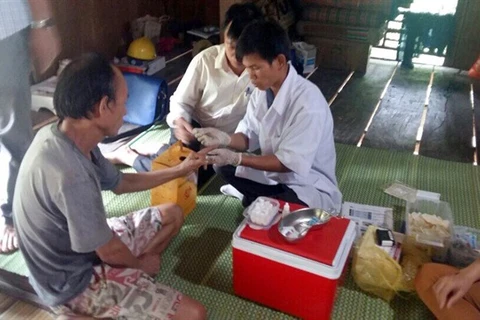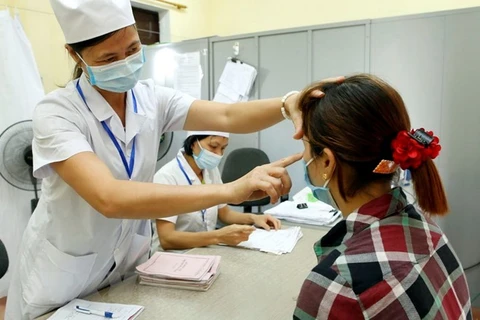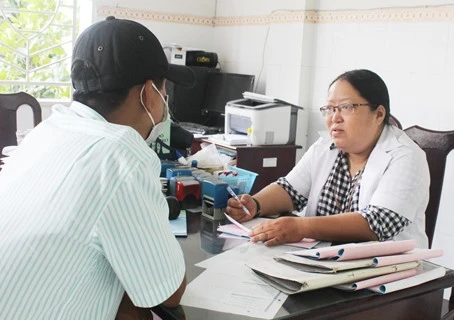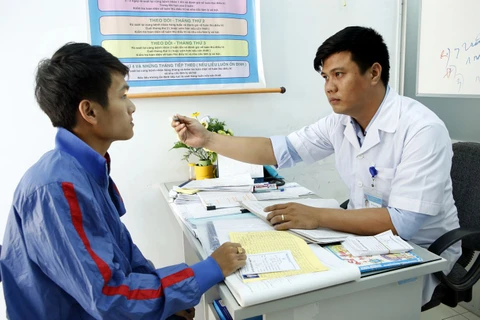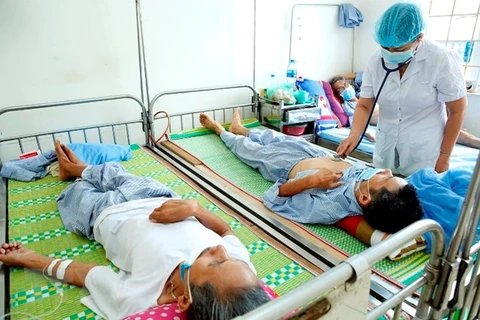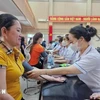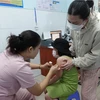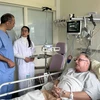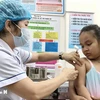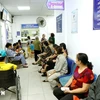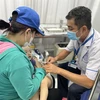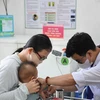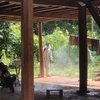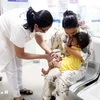HCM City (VNA) – Community-based organisations participating in a USAID-funded project on HIV/AIDS prevention and control have made great contributions to the work in Vietnam thanks to their new ways of doing.
The information was made at a workshop recently held by the Centre for Promotion Quality of Life (LIFE) in Ho Chi Minh City.
To raise the efficiency of the project titled “Strengthening Community Connections for HIV/AIDS Prevention and Control in Southern Provinces” (C-Link), LIFE and community-based organisations signed cooperation agreements with HIV/AIDS prevention and control centres in Ho Chi Minh City, Khanh Hoa, Dong Nai, Ba Ria-Vung Tau, Binh Duong and Tay Ninh.
Sharing the effectiveness of working with community-based organisations, Director of the Centre for HIV/AIDS Prevention and Control of the central province of Khanh Hoa Tran Van Tin said that through specifying target groups, the project has approached many high-risk patients, detected new ones and encouraged them to take antiretroviral (ARV) treatment, and kept a close watch on their treatment progress.
Without the participation of community-based organisations, the province will face difficulties in controlling HIV/AIDS, Tin affirmed.
LIFE Director Nguyen Nguyen Nhu Trang said that initiatives by community-based organisations have helped increase the rate of HIV testing and the rate of people with HIV taking ARV treatment within 3-4 years.
Timothy Liston, US Deputy Consul General in Ho Chi Minh City, said that with the support of the US President's Emergency Plan for AIDS Relief (PEPFAR), Vietnam has made great strides in HIV/AIDS prevention and control in the past two decades.
He attributed the result to joint efforts of the Vietnamese Government and community-based organisations.
He expressed his belief that with the continued support of the US, Vietnam will achieve the 90-90-90 goals in HIV/AIDS prevention set by the United Nations by 2020, and completely eliminate the epidemic by 2030.
The 90-90-90 goals mean that by 2020, 90 percent of HIV-infected people will know their infection status, 90 percent will receive ARV drugs and 90 percent of people taking ARV drugs will have durable viral suppression.-VNA
VNA

